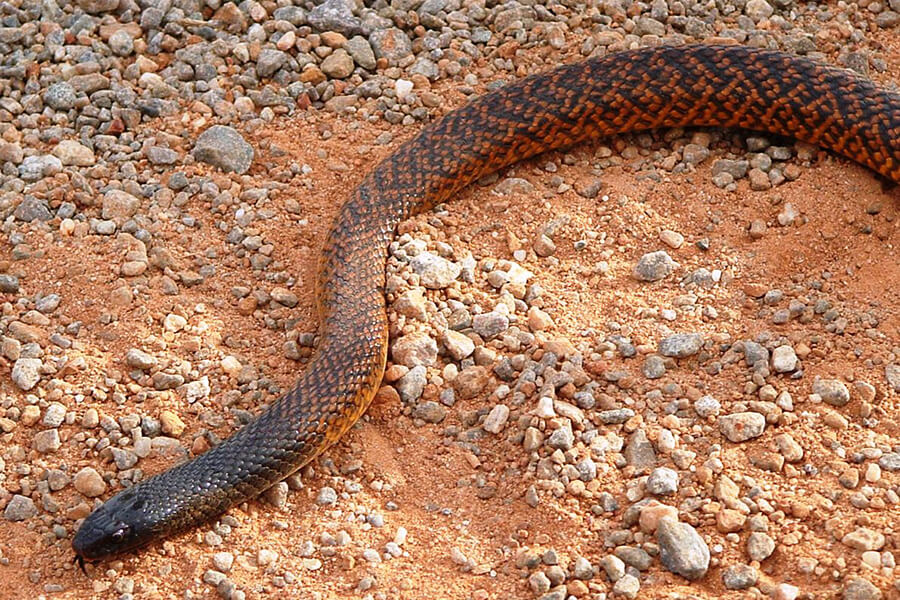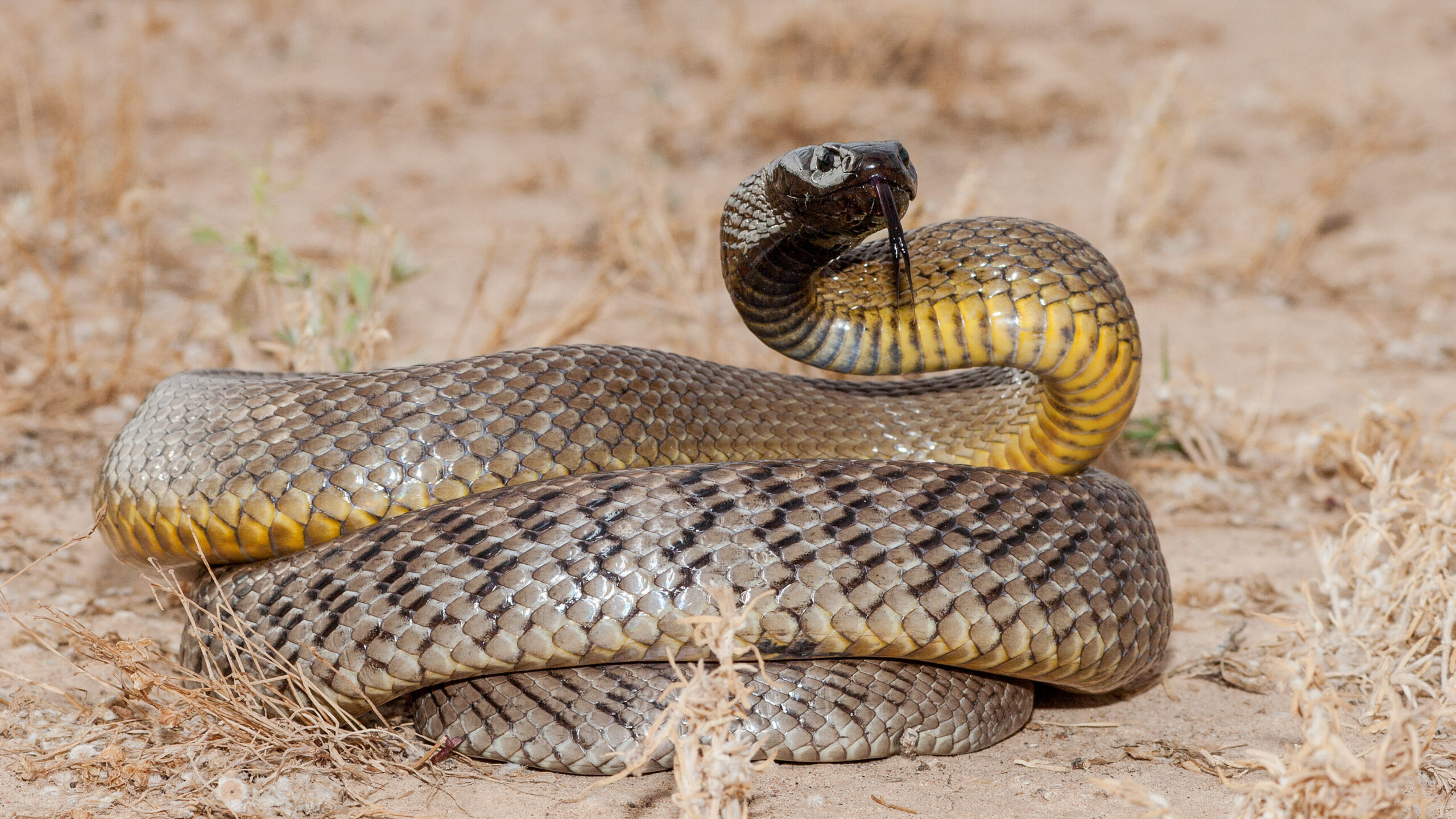Introduction
When it involves the fascinating globe of snakes, couple of varieties capture the creative imagination rather like the infant tiger snake. Known for their distinctive coloration and powerful poison, these snakes are an essential component of Australia's unique ecosystem. In this thorough short article, we will look into various facets of child tiger serpents, including their habits, habitat, and how to securely communicate with them. Whether you're a wildlife enthusiast or just curious about these animals, recognizing infant tiger snakes can assist promote a much deeper admiration for nature.
Baby Tiger Snakes: What You Required to Find Out About Their Behavior and Habitat
What Are Child Tiger Snakes?
Baby tiger snakes are adolescent forms of the very poisonous species understood clinically as Notechis scutatus These serpents are mostly found in seaside areas of Australia, particularly in Tasmania and southerly Victoria. As they expand, their coloration adjustments from an extra low-key scheme to the particular yellow and black bands that provide their name.

One noteworthy facet of child tiger serpents is their size; hatchlings generally measure around 25-30 cm in length. Despite their little stature, they possess a surprising quantity of poison that can be destructive to people if bitten.
Physical Characteristics
Tiger serpents have a number of key physical traits:

- Coloration: The unique banding pattern commonly becomes a lot more pronounced as they mature. Size: Adults can reach lengths of as much as 2 meters. Body Shape: They have a robust body that aids in swimming and earthbound movement.
Where Do Baby Tiger Snakes Live? Understanding Their Habitat
Understanding the environment preferences of infant tiger snakes is necessary for both preservation initiatives and public safety. These serpents flourish in numerous settings:
- Wetlands: Marshes and swamps supply enough hunting grounds. Coastal Regions: Frequently found near beaches where they can hunt for prey. Woodlands: Thick plants provides cover from predators.
Geographical Distribution
Tiger serpents are predominantly discovered along Australia's southern coast, including:
- Tasmania: Home to among the most well-known populations. Victoria: Particularly in areas near water bodies.
Are Tiger Snakes Venomous? A Deep Dive into Their Venom
One typical question develops when talking about infant tiger serpents: "Are tiger snakes venomous?" The response is a resounding yes!
Venom Composition
The venom of tiger snakes consists of neurotoxins that can create paralysis, coagulopathy (blood clot problems), and potentially death if untreated. Below's what you need to recognize:
- Effects on Humans: A bite from a tiger snake can lead to signs like swelling, discomfort at the bite website, queasiness, and even respiratory system failure.
Comparison with Various other Poisonous Snakes
In comparison to other Australian serpents such as the eastern brownish snake or king brownish snake, tiger serpent venom is taken into consideration among one of the most potent. Nonetheless, fatalities are rare due to improved medical treatments and accessibility to antivenom.
Behavioral Patterns of Baby Tiger Snakes
Understanding exactly how infant tiger snakes behave is crucial for those that stay in or check out locations where these reptiles are prevalent.
Nocturnal Habits
Most baby tiger snakes show nocturnal habits. They black snake australia tend to forage for food during cooler evening temperatures. This adaptability aids them avoid predators while improving their searching efficiency.
Hunting Techniques
Their hunting strategies consist of:
- Ambush Predation: Waiting still till prey comes close. Active Foraging: Actively moving through plant life or along rivers looking for food.
First Aid for Snake Bites: What You Should Know
Despite being interesting animals, encounters with child tiger snakes can lead to hazardous circumstances if attacks occur. Knowing emergency treatment procedures can conserve lives.
Immediate Tips After a Bite
Remain calm; panic enhances heart rate. Immobilize the influenced arm or leg utilizing a splint or bandage. Seek prompt medical interest-- antivenom might be necessary.Creating a Snake Bite Emergency Treatment Kit
A well-prepared emergency treatment kit need to consist of:
|Thing|Objective|| ------------------------------|--------------------------------------|| Compression bandage|To immobilize the limb|| Splint|Supports busted bones or joints|| Antihistamines|Relieves allergic reactions|| Emergency situation get in touch with numbers|Quick gain access to throughout emergency situations|
Common Misconceptions Regarding Tiger Snakes Debunked
Many myths border these interesting reptiles; let's make clear some misconceptions typically held by people.

Myth # 1: All Tiger Snakes Are Aggressive
While some individuals might show defensive behaviors when intimidated, not all tiger snakes screen aggression towards human beings unless provoked.
Myth # 2: Baby Tiger Snakes Are Much Less Harmful Than Adults
This myth could not be better from the fact! Baby tiger snakes contain nearly as much poison as adults relative to their size; thus they pose significant dangers if bitten.
FAQs Concerning Child Tiger Snakes
What do child tiger snakes eat?- They largely eat little creatures, birds, frogs, and fish.
- Look for slender bodies with pale banding patterns that come to be more obvious as they mature.
- Yes! Birds of target and larger reptiles may target them.
- Typically every couple of weeks as they proliferate throughout their very early life stages.
- While some individuals do keep them unlawfully without authorizations because of their unsafe nature; it's normally not recommended offered their poisonous status.
- With prompt medical treatment-- including antivenom-- the survival price is high!
Conclusion
In recap, comprehending child tiger serpents-- what they eat, where they live, just how they Preventing snake bites Australia act-- can outfit us with important understanding regarding these remarkable yet dangerous creatures. The value of education and learning bordering first aid steps can not be overstated; understanding how to respond properly after a bite might conserve lives while fostering regard for our slithering neighbors within Australia's rich biodiversity spectrum.
By valuing these snakes' functions within ecosystems-- and recognizing possible dangers-- we promote coexistence rather than fear-based responses toward one another's existence in nature's grand tapestry! Whether you're a serious walker pondering your next adventure or just interested about neighborhood wild animals experiences near home-- this overview serves as your trusted reference factor on the enigmatic globe lived in by Venom circulation control our pals-- the spectacular baby tiger snake!